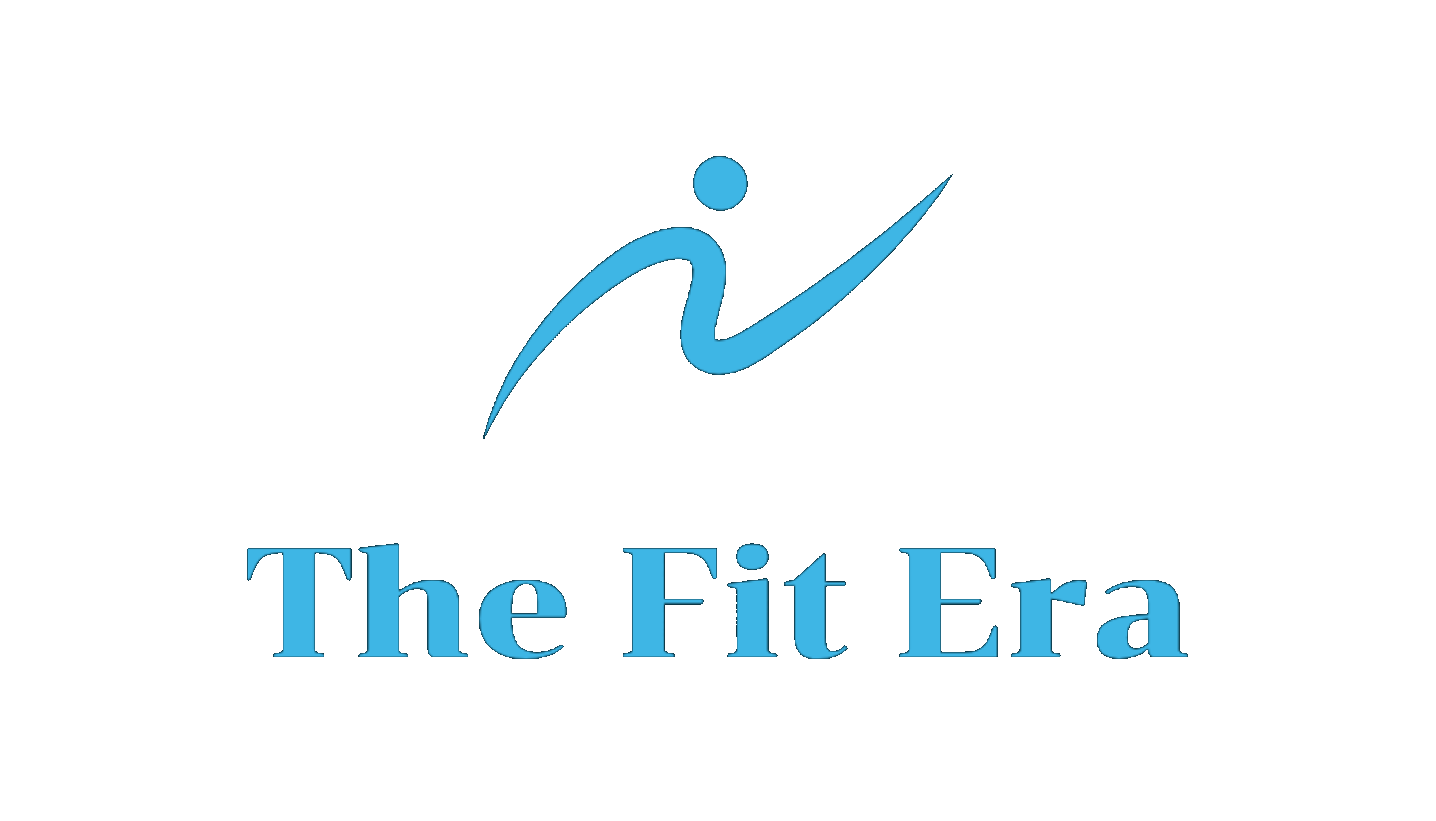
High Protein Food - Best Way To Build Strenght And muscle
Protein is a vital nutrient for muscle growth, tissue repair, and overall health. While supplements can help, nature provides us with an abundance of high-quality protein sources. Here’s a roundup of the best natural protein foods to include in your diet for optimal health and fitness.
1. Eggs: The Complete Protein

Why They’re Great:
One large egg contains about 6 grams of high-quality protein.
Rich in essential amino acids, vitamins, and minerals like choline.
How to Enjoy:
Hard-boiled as a snack.
Scrambled with vegetables for a protein-packed breakfast.
Poached and served over avocado toast.
2. Chicken Breast: A Lean Protein Staple
:max_bytes(150000):strip_icc()/How_To_Grill_Chicken_010-e4aff40705b247868fe3fb6755e8bdd4.jpg)
Why It’s Great:
Skinless chicken breast provides around 31 grams of protein per 100 grams.
Low in fat and versatile for any meal.
How to Enjoy:
Grilled with herbs and spices.
Shredded in salads or wraps.
Baked with vegetables for a one-pan meal.
3. Lentils: Plant-Based Protein Powerhouse

Why They’re Great:
1 cup of cooked lentils contains about 18 grams of protein.
Packed with fiber, iron, and folate.
How to Enjoy:
In hearty soups or stews.
As a base for veggie burgers.
Tossed in salads with fresh vegetables and vinaigrette.
4. Greek Yogurt: Creamy and Protein-Rich

Why It’s Great:
One serving (170g) contains around 20 grams of protein.
Also provides probiotics for gut health.
How to Enjoy:
Mixed with berries and honey for a quick snack.
Used as a base for smoothies.
As a topping for chili or baked potatoes.
5. Almonds: Protein and Healthy Fats

Why They’re Great:
A 1-ounce serving (about 23 almonds) provides 6 grams of protein.
High in vitamin E and magnesium.
How to Enjoy:
As a quick snack on their own.
Chopped and added to oatmeal or yogurt.
Blended into almond butter for spreads.
6. Quinoa: The Complete Plant Protein

Why It’s Great:
One cup of cooked quinoa offers 8 grams of protein.
Contains all nine essential amino acids.
How to Enjoy:
As a base for grain bowls with vegetables and protein.
Mixed with beans and spices for a flavorful side dish.
In salads with a lemon vinaigrette.
7. Salmon: Protein with Omega-3s

Why It’s Great:
A 3-ounce serving provides about 22 grams of protein.
High in heart-healthy omega-3 fatty acids.
How to Enjoy:
Grilled with a squeeze of lemon.
In sushi rolls or poke bowls.
Baked with garlic and herbs.
8. Cottage Cheese: Low-Fat and High-Protein

Why It’s Great:
1/2 cup contains around 14 grams of protein.
Rich in casein, a slow-digesting protein.
How to Enjoy:
Paired with fresh fruit and a drizzle of honey.
Mixed with chives and pepper as a savory snack.
Used as a substitute for ricotta in recipes.
9. Beans: Affordable and Nutrient-Dense

Why They’re Great:
1 cup of black beans contains about 15 grams of protein.
High in fiber and antioxidants.
How to Enjoy:
In chili or burrito bowls.
Mashed into dips like hummus or bean spreads.
Tossed into salads or rice dishes.
10. Tofu: The Vegan Protein King

Why It’s Great:
1/2 cup provides around 10 grams of protein.
A versatile option that absorbs flavors well.
How to Enjoy:
Stir-fried with vegetables and soy sauce.
Grilled and added to sandwiches or wraps.
Blended into smoothies for extra creaminess.
Incorporating these natural protein foods into your meals can help you achieve your fitness and health goals. Whether you’re building muscle, maintaining weight, or simply looking to stay nourished, these options offer the quality and variety your body needs.
